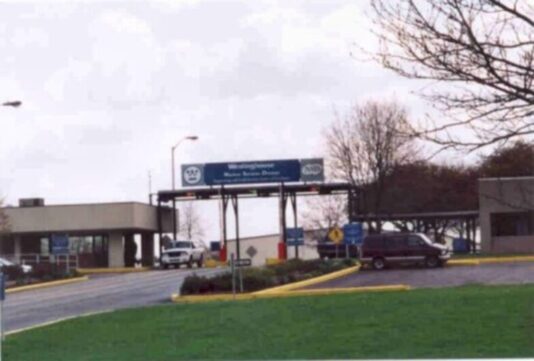
This is one of the earliest nuclear contamination sites in the United States. Due to a reactor core accident, the entire area was contaminated in the early 1950's. Cleanup has taken decades, and it is necessary to check runoff water for radioactivity so it can be captured and treated before reaching the local water systems. The testing takes 48 hours, so all the water must be contained for at least two days before it can be released.

Using a decontaminated and flat field, a 7ft tall berm was constructed at one end with a lower elevation. This berm was the starting bank for six 6ft tall by 50ft long single closed end (SCE) AquaDams, each with a water storage capacity of approximately 100,000 gallons. A SCE AquaDam requires a starting bank to keep its starting point (open end) higher in elevation than the body of the AquaDam. The open end and fill-tubes of a SCE AquaDam must stay elevated higher than the full height of the dam along its given path. An AquaDam will only reach its full height at the lowest elevation along its given path.
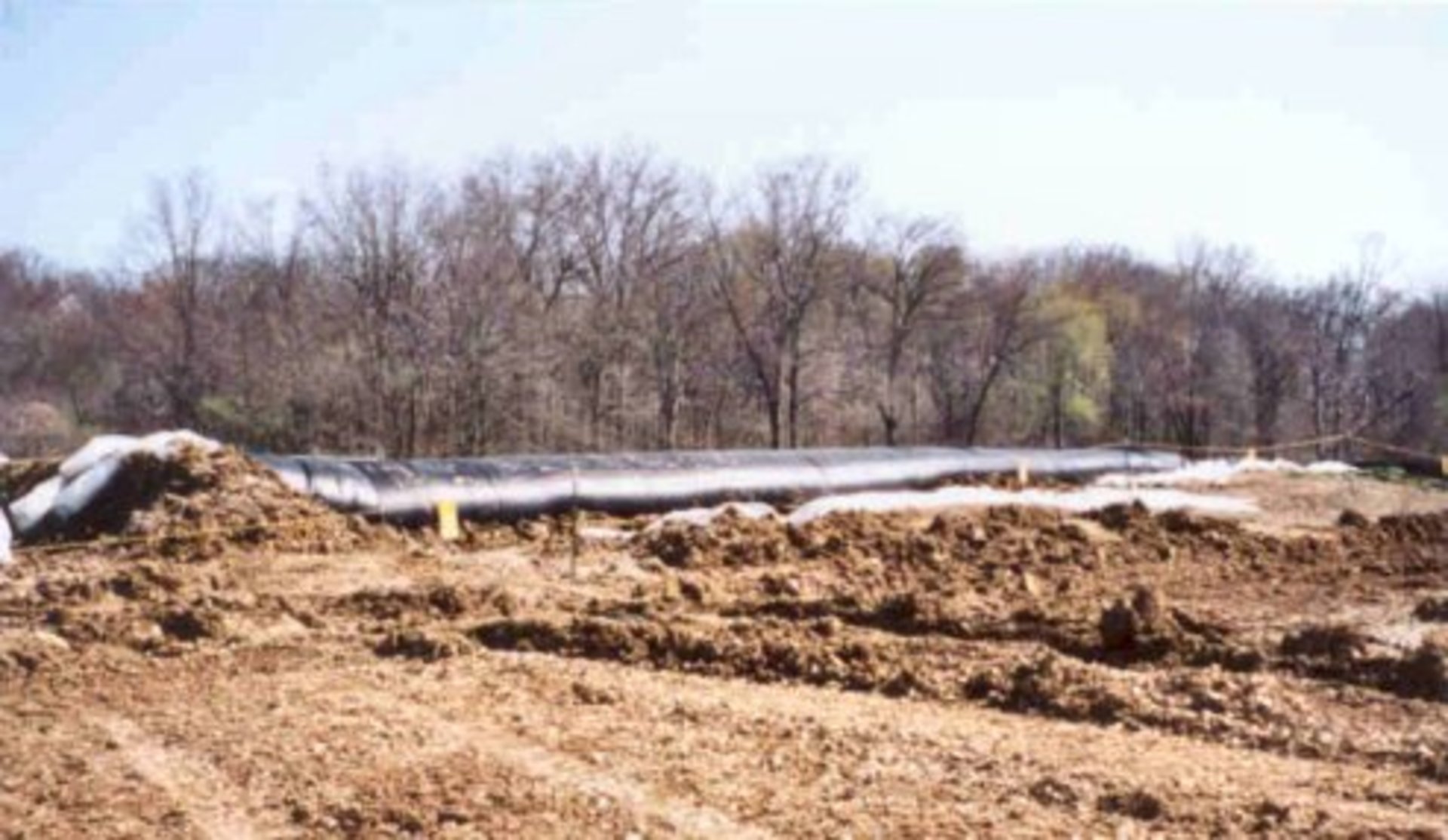
The fill-tubes are shown draped over the top of the starting bank. This is where water was pumped in and out of the AquaDams. Having the open end of the AquaDams at the lower elevation end of the flat area allowed all the water to naturally drain toward the fill-tubes so that it could be easily pumped in and out.
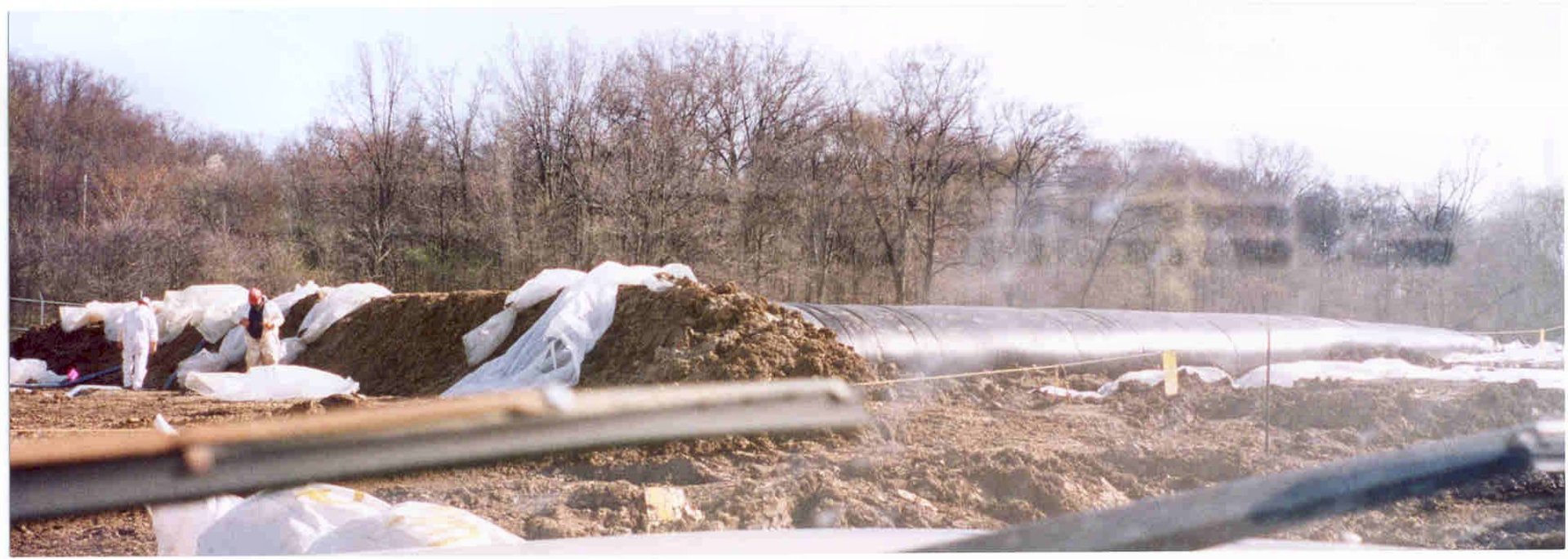
This site had a large baker tank farm, but each tank only held 10,000 gallons of water for approximately $1,000 a month. The cost of all the AquaDams for this project was under $45,000. The baker tanks must be decontaminated after use, but the AquaDams are disposable (12,000 more lbs., added to the millions of pounds of soil already disposed of in Utah). 12,000 lbs. of material to dispose of was a small amount of weight to control 600,000 gallons of water.

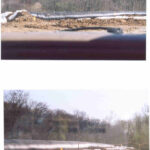
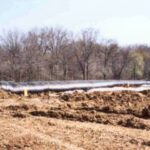
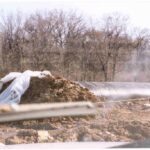
Six 6ft Tall 13ft Wide (full) 50ft Long Single Closed End (SCE) AquaDams, Westinghouse Training Facility, Water Storage, Low-Level Radioactivity Testing
